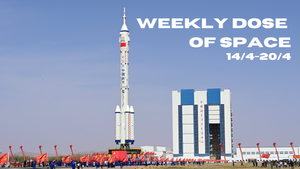
Weekly Dose of Space (14/4-20/4)
Welcome back to Weekly Dose of Space! Last week saw four launches worldwide, with it being an even split between SpaceX and the Shanghai Academy of Spaceflight Technology. This week saw plenty of space policy news too. As always, we'll also look ahead to the launch schedule worldwide for next week.
SpaceX
This week at Starbase started on the 16th when workers were spotted on the launch towers 'chopsticks' conducting what are believed to be upgrades ahead of the fourth flight of Starship-Super Heavy. A day later on the 17th, the LR 11000 crane was seen moving to the orbital tank farm, likely to continue removal of the older tanks. Also on the 17th, the 'chopsticks' were seen opening and closing, mostly likely testing new upgraded hardware.
Late on the 18th, the 'chopsticks' were seen moving again along with the removal of one of the booster quick disconnect fuel lines. Another day later on the 19th, the outer shell of one of the tanks of the orbital tank farm was almost entirely removed and lifted by the LR11000 crane. The outer shell was then moved next to the road where crews began scrapping it.
Launches This Week
April 15th - Long March 2D with Gaojing-3 (01)
China kicked off this week's launches with a Long March 2D lifting off from the Jiuquan Satellite Launch Center to a sun-synchronus orbit. Onboard the rocket was the Gaojing-3 (01) satellite built by the China Association for Science and Technology for use with China Siwei Survey and Mapping Technology Co Ltd for commercial Earth observation services.
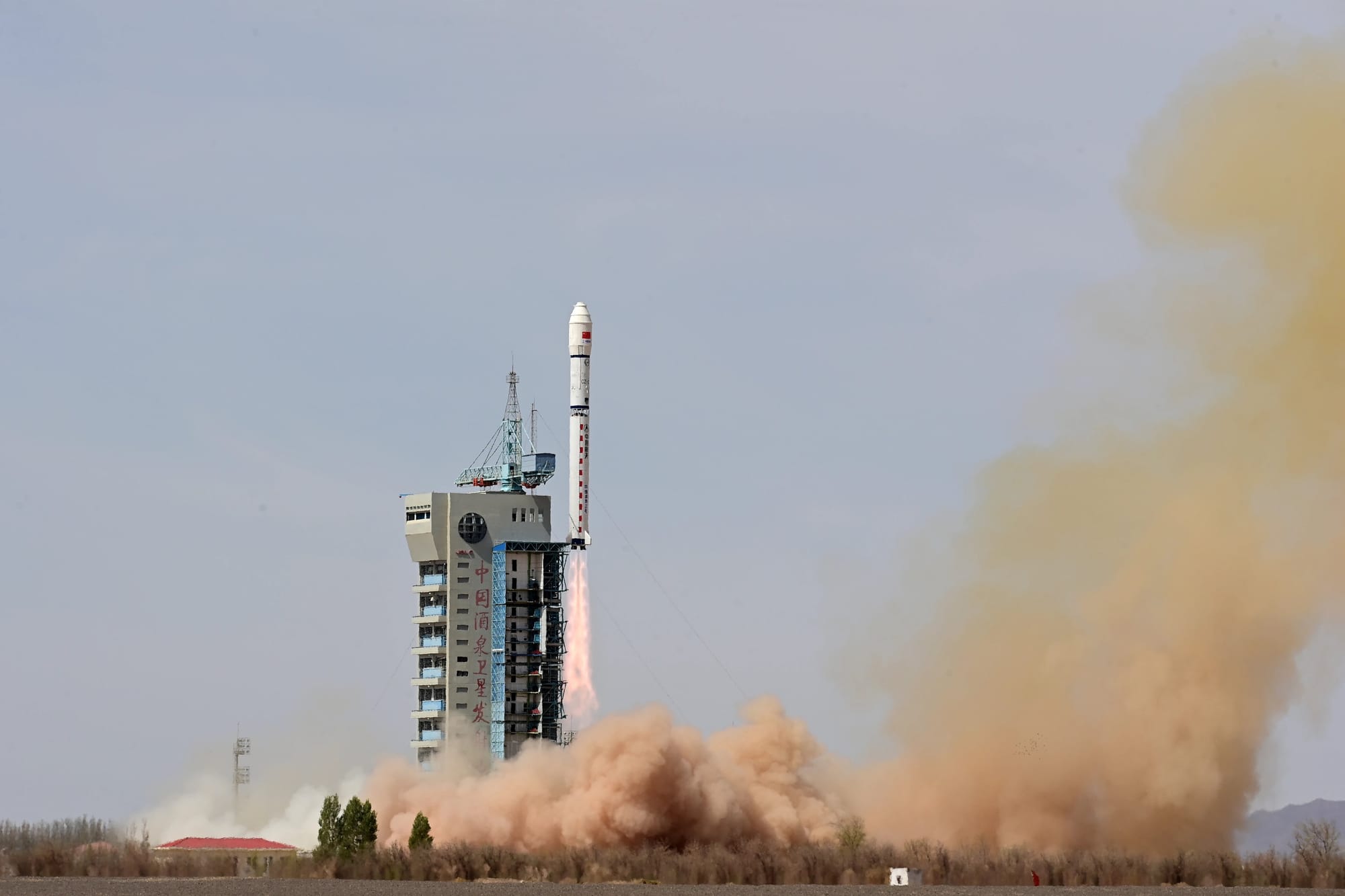
April 17th - Falcon 9 with Starlink Group 6-51
SpaceX added another twenty-three Starlink satellites to its low Earth orbit internet constellation from Launch Complex 39A, in Florida. The booster for this mission was B1077 making its twelfth flight and landing successfully downrange on the drone ship 'Just Read The Instructions'.
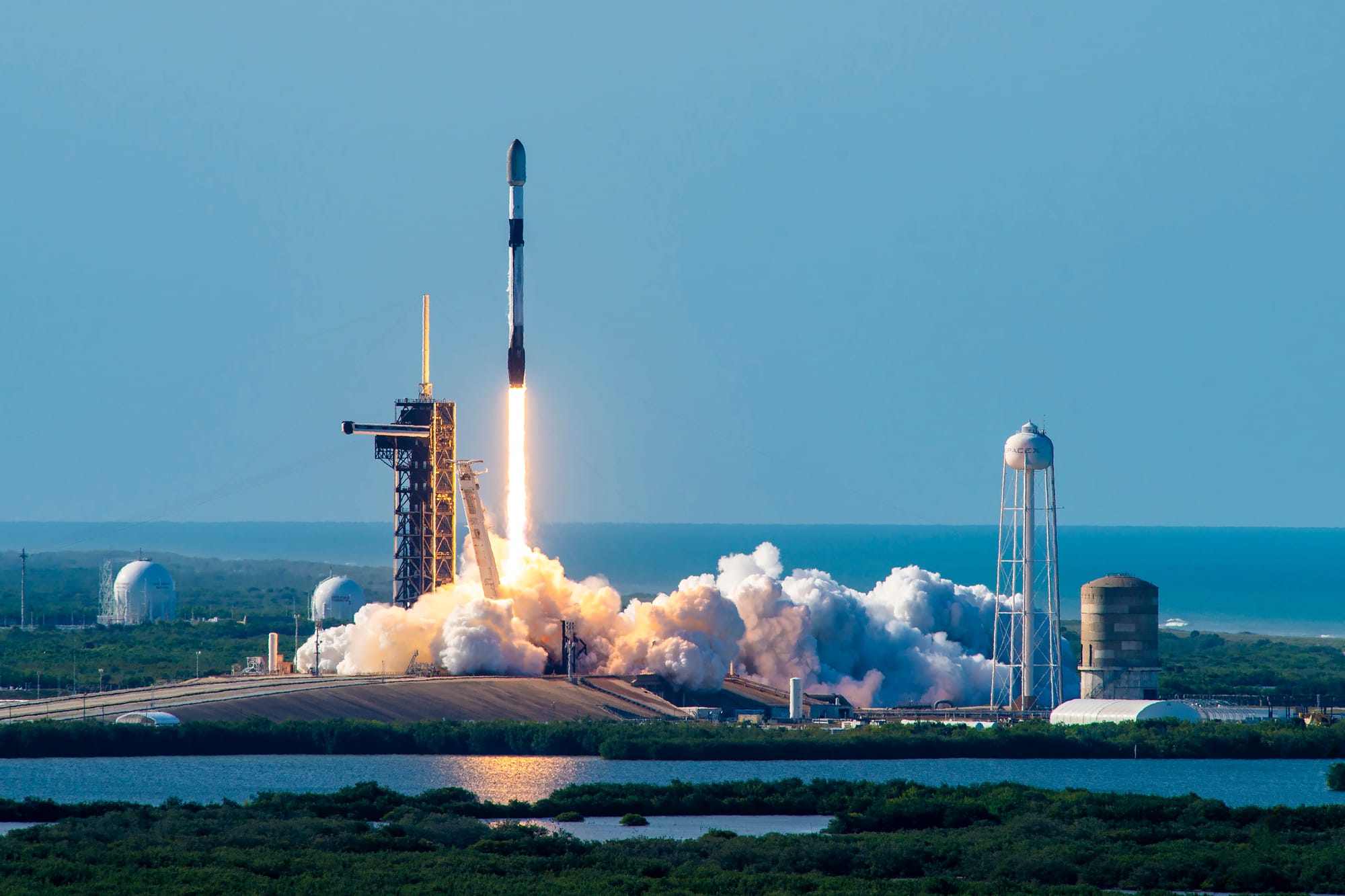
April 18th - Falcon 9 with Starlink Group 6-52
Another batch of Starlink satellites were launched atop of a Falcon 9 from Space Launch Complex 40, in Florida, into low Earth orbit. The booster was B1080 making its seventh flight and successfully landed on the drone ship 'A Shortfall Of Gravitas' downrange.
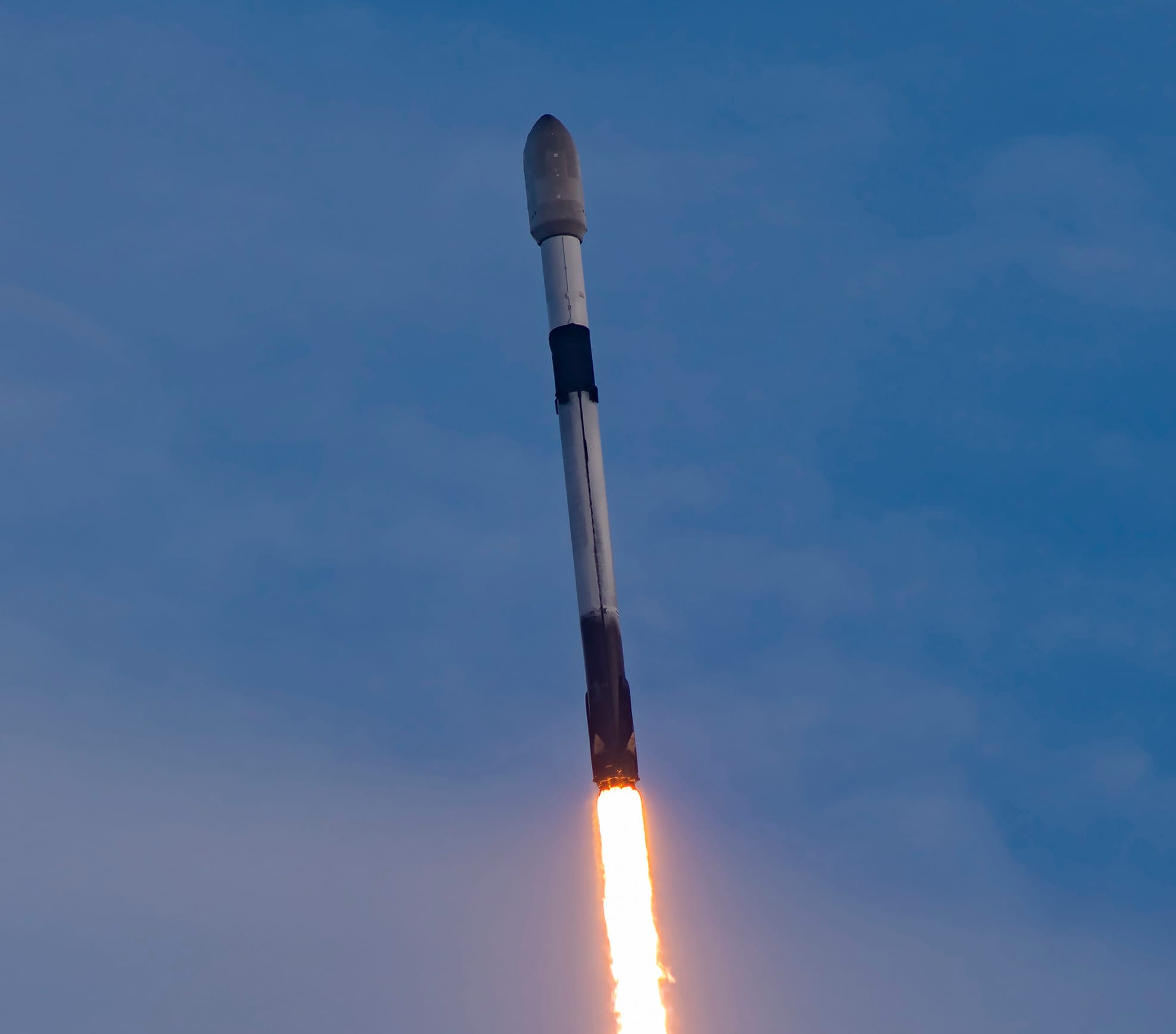
April 21st - Long March 2D with Yaogan 42B
A Long March 2D launched from the Xichang Satellite Launch Center carrying the Yaogan 42B satellite to low Earth orbit. The satellite is a remote-sensing satellite and will help with land surveying, disaster prevention, and monitoring of the Earth below.
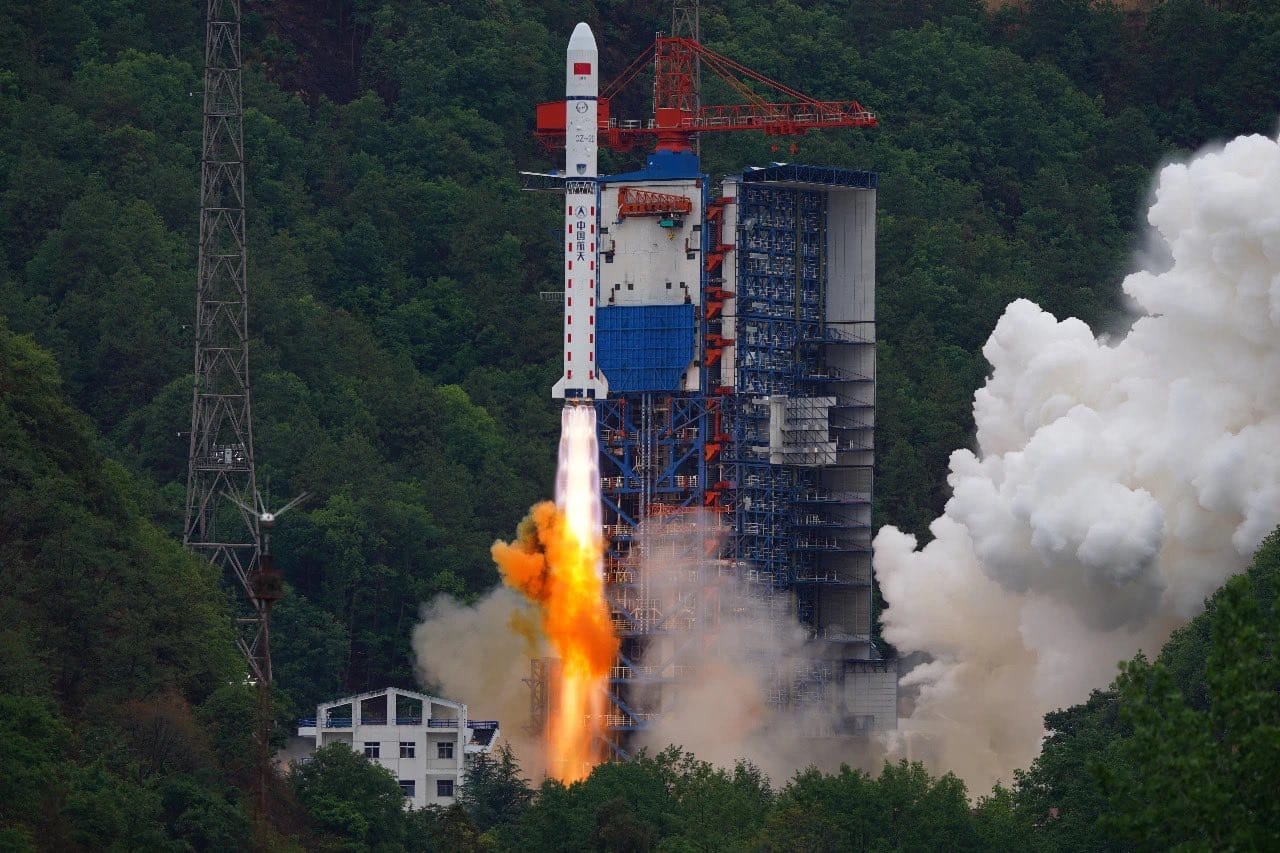
In Other Space News
Three new countries sign onto the Artemis Accord
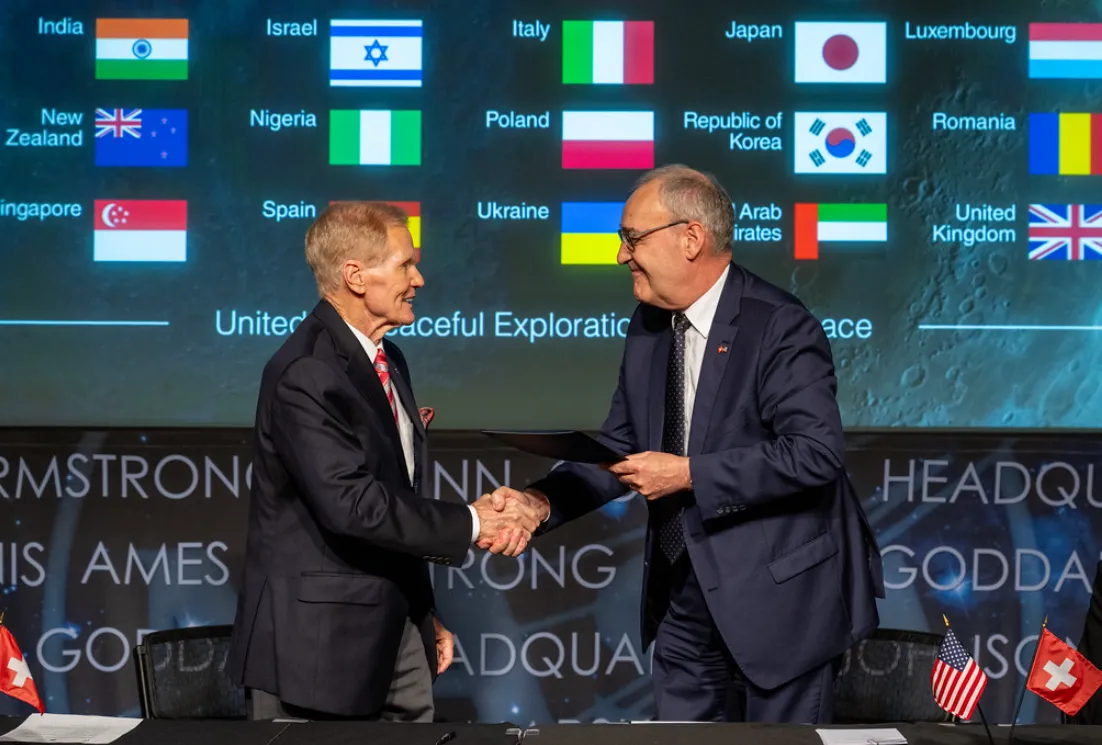
Last week Switzerland, Sweden, and Slovenia signed on onto the United States' Artemis Accords. Switzerland signed the accords on the 15th, Sweden signed on a day later on the 16th, and Slovenia signed on the 19th. The Artemis Accords now make up thirty-nine countries. Administrator Bill Nelson commented on the signing saying the following when Switzerland joined:
“As we welcome you into the Artemis Accords family, we expand our commitment to explore the unknown openly and peacefully. Discovery strengthens goodwill on Earth, and we are excited to expand our countries’ shared values and principles to the cosmos.”
NASA and the United States reiterated that the Artemis Accords reinforce the 1968 Treaty on Principles Governing the Activities of States in the Exploration and Use of Outer Space.
China creates Aerospace Force
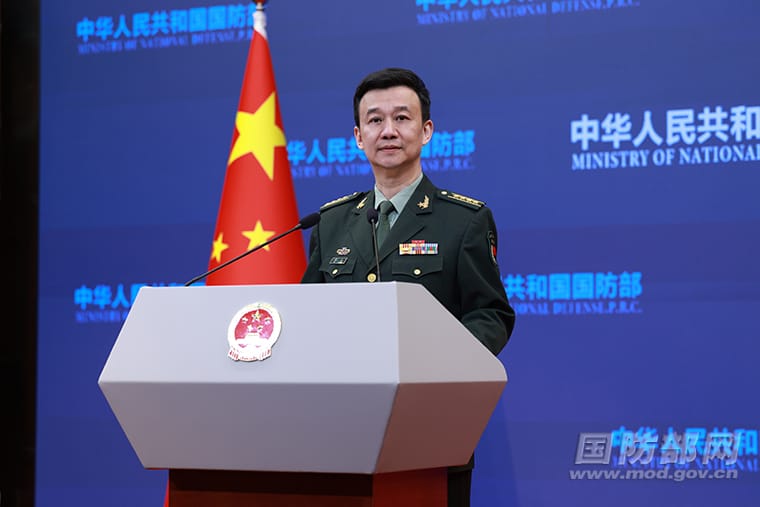
China recently announced the creation of the Aerospace Force on the 19th. The country reaffirmed its stance on the use of space with ministry spokesperson Wu Qian saying:
"Space is a shared asset of humanity. Space security provides strategic assurance for national and social development. Building the Aerospace Force is of great significance to strengthening the capacity to safely enter, exit and openly use space, enhancing crisis management and the efficacy of comprehensive governance in space and promoting peaceful utilization of space. China’s space policy is clear. We are committed to peaceful utilization of space and stand ready to work with all countries with the same commitment to strengthen exchanges, deepen cooperation and contribute to lasting peace and common security in space."
China is likely to continue using space technologies to improve the country's infrastructure and conduct space science aboard its Tiangong Space Station in low Earth orbit.
The Aerospace Force is likely only going to work on managing China's in-space orbital assets in the short term, with long-term goals harder to pin point at this time. This may also be a response to the creation of the United States Space Force back in 2019.
Boeing plans to cut SLS workforce
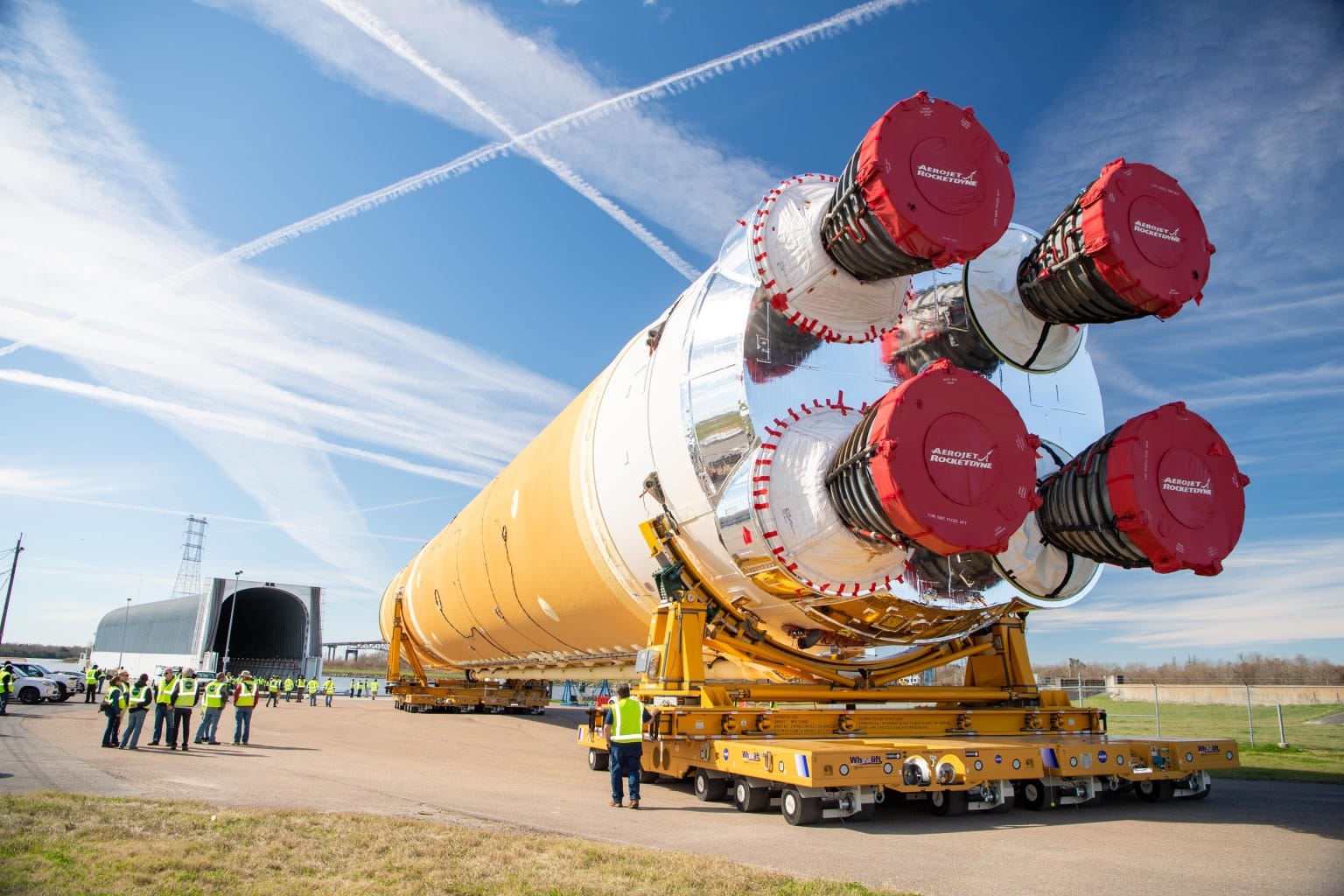
According to a source of Ars Techinca's Eric Berger, Boeing held an all-hands meeting for its SLS workforce where it announced cuts to the workforce due to external factors. The reasons for the cuts are reportedly NASA's Artemis mission schedule as only three missions are planned before 2030.
Boeing is currently believed to be working on the SLS core stages for Artemis II through IV. The Artemis II core stage is believed to be nearing completion, with the Artemis III core stage halfway through production. The Artemis IV core stage is believed to be in early production.
Shenzhou-18 rolled out
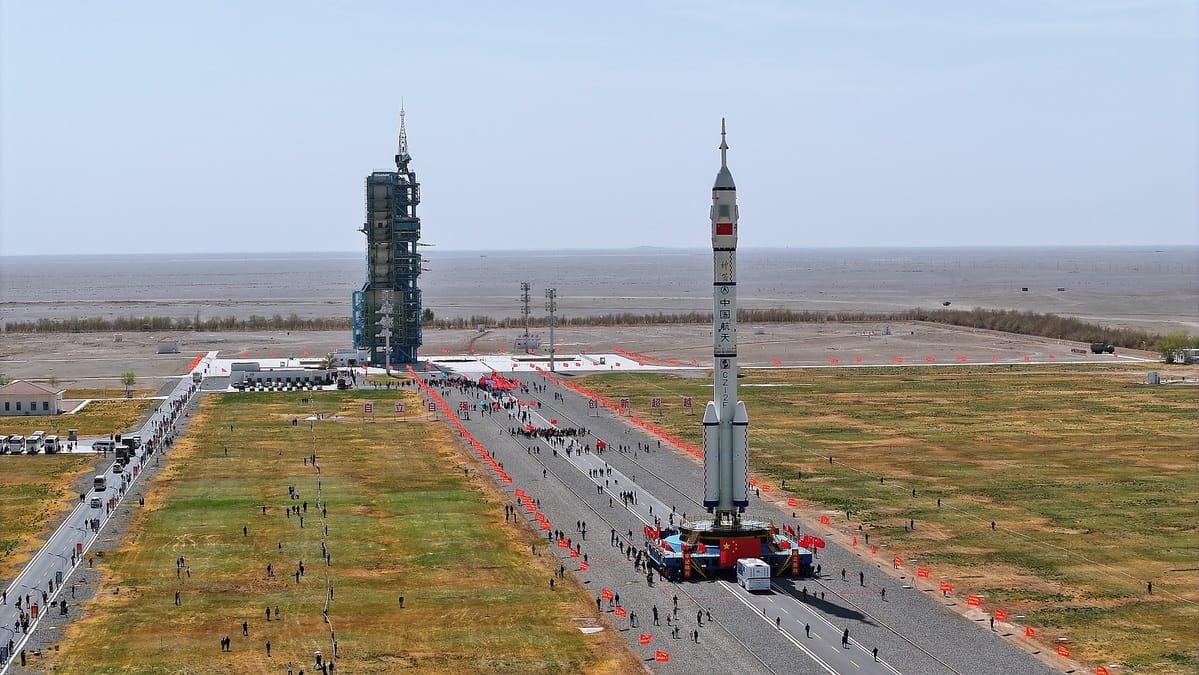
Ahead of launch on the 25th of April, the China Manned Space Agency has rolled out the Long March 2F launch vehicle to its launch pad at the Jiuquan Satellite Launch Center. The Shenzhou-18 mission will be China's thirteenth crewed spaceflight mission and the first of the year.
The crew is still not known outside of the China Manned Space Agency, the announcement is expected not long before launch. The China Manned Space Agency has also recently completed a rehearsal of the launch, which tested all of the systems for the mission.
What to Expect Next Week
Starbase
SpaceX belives that they can launch the fourth flight test of Starship-Super Heavy in early May. So far both Ship 29 and Booster 11 have performed the necessary static fires for flight, it's believed that a wet dress rehearsal of the countdown will take place before the flight. Ahead of the flight, SpaceX needs to complete the mishap investigation into the previous flight with the Federal Aviation Administration, the investigation is still believed to be ongoing.
April 22nd - Falcon 9 with Starlink Group 6-53
SpaceX is expected to launch another batch of Starlink satellites from Space Launch Complex 40 to low Earth orbit. The booster for this mission is currently unknown.
April 23rd - Electron for 'Beginning Of The Swarm'
Rocket Lab is planning to launch its Electron rocket to sun-synchronus orbit from Launch Complex 1B on the Māhia Peninsula, in New Zealand. The payloads for the mission are expected to be NASA's Advanced Composite Solar Sail System technology demonstration mission and NeonSat-1 from South Korea.
April 24th - Falcon 9 with WorldView Legion 1 & 2
SpaceX is expected to launch two WorldView Legion satellites for Maxar to a sun-synchronus orbit from Space Launch Complex 4E, in California. The booster for the mission is currently unknown but is planned to land at Landing Zone 4, at Vandenberg Space Force Base.
April 25th - Long March 2F with Shenzhou 18
The China Manned Space Agency is targeting no earlier than the 25th of April for the Shenzhou 18 crewed mission. The launch will occur from the Jiuquan Satellite Launch Center, the three taikonaut crew is still unknown outside of the China Manned Space Agency.
April 26th - Falcon 9 with Starlink Group 6-51
SpaceX is expected to launch yet another batch of Starlink satellites from Space Launch Complex 40 to low Earth orbit. The booster for this mission is currently unknown.




